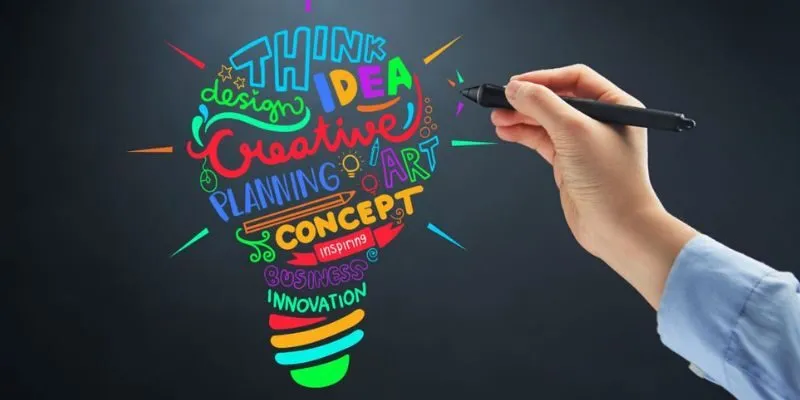Creativity in presenting ideas requires a delicate balance between form, content, and emotion. These elements not only make the message more engaging but also foster interaction, memorability, and a strong impact on the audience. Let’s dive into this subject with Semtracks and explore the key points in detail.
The Concept and Importance of Creativity in Presenting Ideas
Creativity in presenting ideas refers to the use of innovative thinking, fresh approaches, and unique methods to convey information in a compelling way. When presenting an idea creatively, the focus goes beyond the content itself. It also involves how the message is delivered, aiming to evoke emotions and leave a lasting impression on the audience.
Presenting ideas creatively plays a crucial role in making them stand out, more accessible, and ultimately more impactful.
Here are five key roles creativity plays in presenting ideas:
- Grabbing attention: Creativity breaks the monotony, creates differentiation, and immediately captures the audience’s attention.
- Delivering the message effectively: Creative mediums like visuals, videos, or storytelling help the audience easily grasp the key points.
- Creating emotional connections: Creativity isn’t just about form; it also involves evoking emotions and building connections with the audience.
- Leaving a lasting impression: Unique and creative approaches make ideas more memorable, standing out in a sea of information.
- Increasing persuasion: When ideas are presented creatively, they resonate more with the audience, making them more relatable and persuasive.

Elements That Define Creativity in Presenting Ideas
Presenting ideas creatively involves several key elements and here are the most important aspects:
Storytelling
Using personal stories or real-life scenarios to convey a message allows the audience to connect emotionally and intellectually, helping them grasp the core message on a much deeper level. These relatable experiences make abstract ideas more tangible, fostering a stronger sense of empathy and engagement.
Vibrant imagery and interactive elements
Visual aids such as images, videos, charts, and infographics serve as powerful tools for delivering information with clarity and impact. They not only simplify complex concepts but also enhance audience engagement by making content more visually appealing, memorable, and easier to digest.
Surprise factor
Incorporating an element of surprise is a powerful secret weapon for leaving a lasting impression on the audience. Whether it’s an unexpected twist in the content, a distinctive visual, or an intriguing detail, the element of surprise captivates attention, enhances memorability, and keeps the audience engaged long after the presentation is over.
Multi-media integration
Incorporating diverse mediums such as videos, music, animations, and other forms of media significantly enhances audience engagement by creating a dynamic and immersive experience. This multi-sensory approach captures attention, caters to different learning styles, and makes the content more interactive and memorable.
Emotional appeal
Emotions play a pivotal role in creative presentations, as they deepen the connection between the content and the audience. By evoking humor, sentiment, or excitement, you not only make the material more memorable but also spark curiosity and engagement, motivating the audience to explore further and seek more content.
How to Cultivate Creativity in Presenting Ideas
Cultivating creativity in presenting ideas is a process that requires time, effort, and persistence. There are countless ways to refine this skill. Instead of sticking to conventional approaches, exploring and experimenting with new techniques can open doors to unique and creative perspectives.
Here are four effective ways to enhance creativity:
- Learn from diverse sources: Constantly absorbing knowledge from various fields fuels creativity.
- Use mind maps: Mind mapping is an effective tool for organizing thoughts and generating new ideas.
- Think outside the box: Challenge the norm and explore unconventional ideas without limiting your thinking.
- Embrace failure: Do not fear failure; it is an integral part of the creative process that helps refine ideas.

Conclusion
Creativity in presenting ideas not only makes messages clearer and more understandable but also persuades the audience more effectively. Semtracks has provided you with all the necessary insights on this topic. Continue to practice these techniques to make your presentations both impactful and inspiring.
